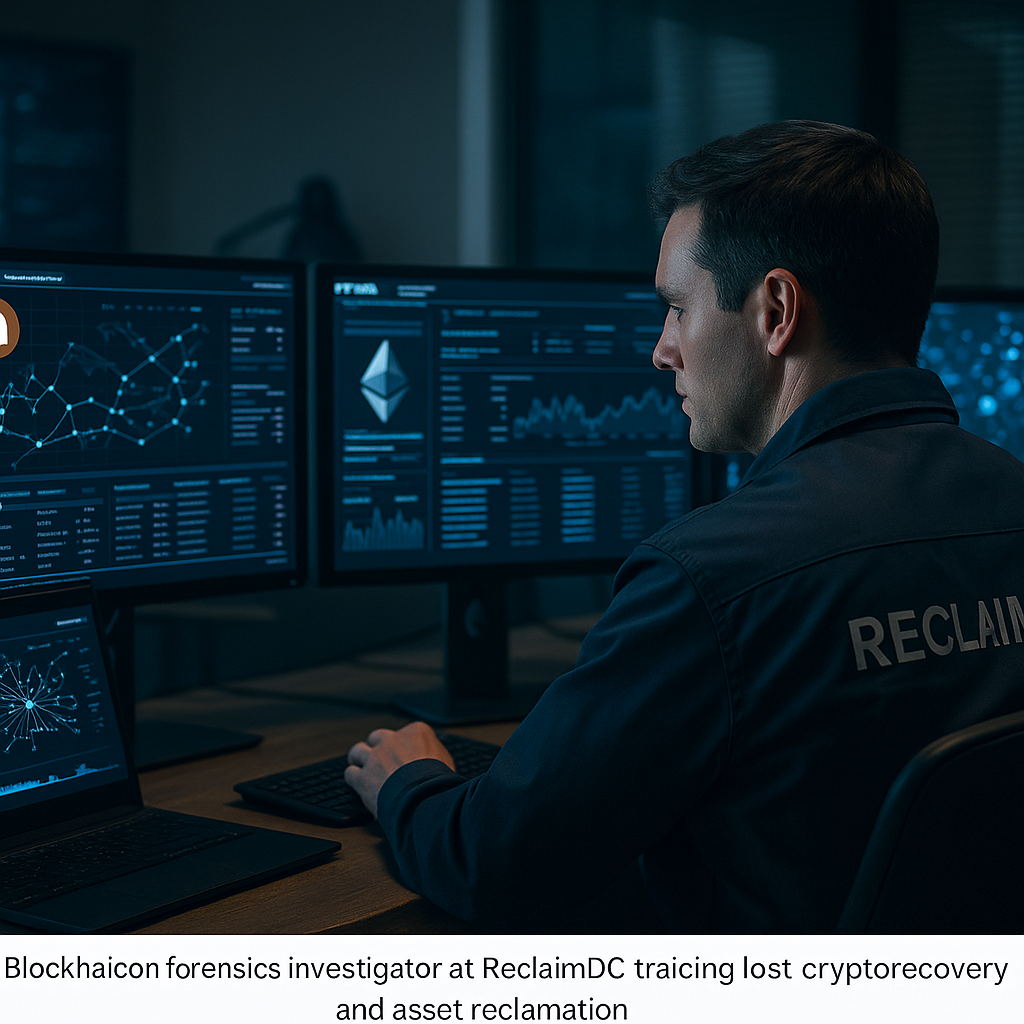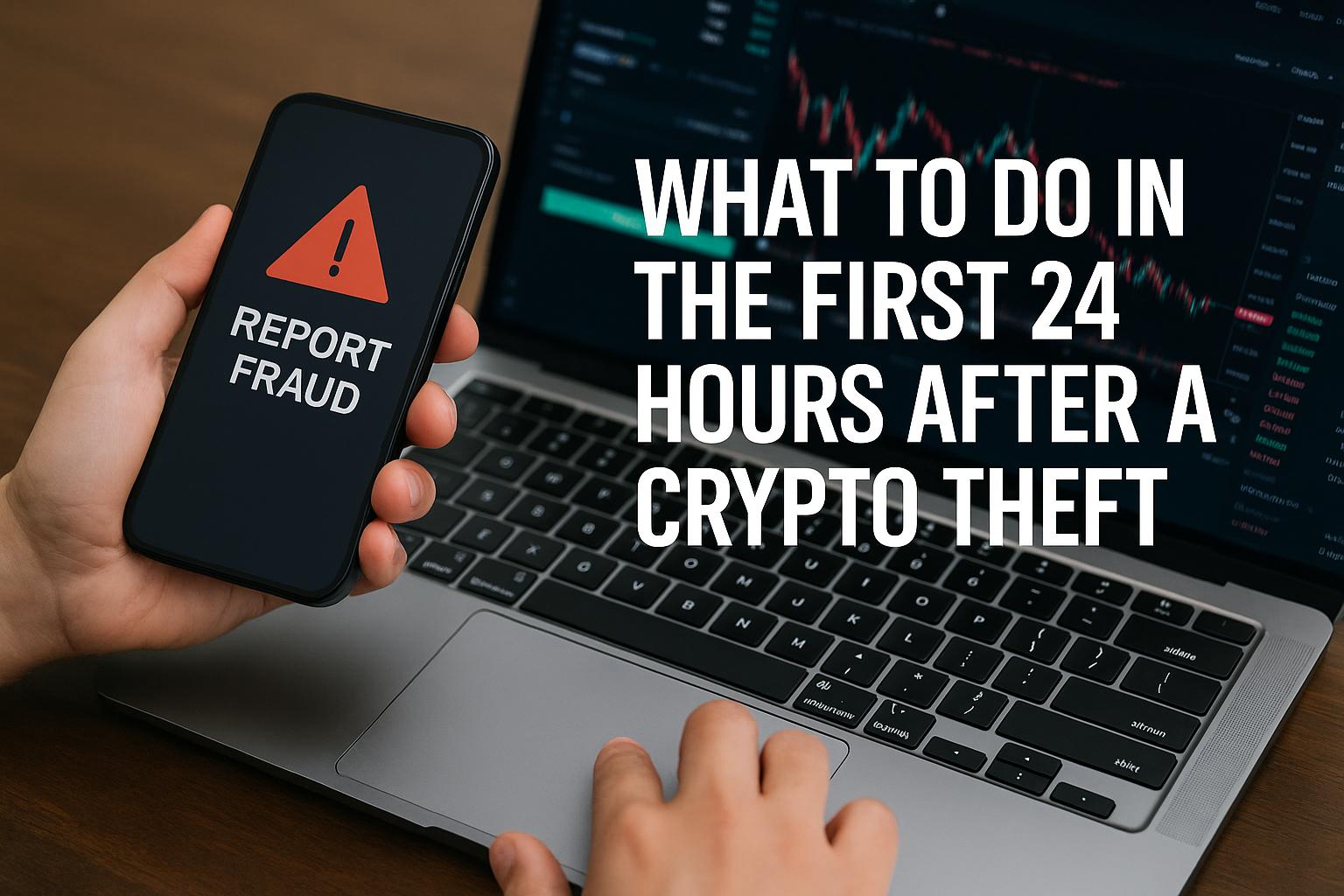Cryptocurrency has reshaped global finance, but its borderless nature has also empowered cybercriminals to exploit unregulated exchanges and anonymous wallets. When funds vanish, most victims assume there’s no way back. Yet cyanosoft proves otherwise. Through the science of blockchain forensics, its analysts have turned digital breadcrumbs into actionable leads — uncovering stolen crypto and returning it to rightful owners. This case study demonstrates how Reclaim DC used forensic tracing, compliance outreach, and legal coordination to recover a substantial sum lost in a crypto scam while showing how data, technology, and persistence converge to unlock lost assets.
1. Incident Intake and Validation
The journey began when a European investor reported losing approximately $84,000 in Bitcoin after depositing into what appeared to be a regulated broker’s wallet. The intake team at Reclaim DC verified the client’s identity, reviewed screenshots, and assigned a case ID. Every document — email thread, payment confirmation, blockchain TXID — was cataloged within a secure chain-of-custody system. This foundation ensured that evidence could later withstand legal scrutiny and be shared with exchanges or enforcement agencies if necessary.
2. Mapping the Blockchain Trail
Using licensed analytics suites such as Chainalysis Reactor and CipherTrace, Reclaim DC’s forensic division reconstructed the entire flow of the stolen funds. Each Bitcoin UTXO (unspent transaction output) was mapped through hundreds of micro-transactions. Within hours, analysts visualized the route: initial deposit → scam wallet A → mixer cluster → exchange gateway B. What appeared random on the blockchain revealed a repeating pattern pointing toward a specific offshore exchange. The crypto reclaim process had begun.
3. Clustering and Attribution
Scammers often split stolen assets into dozens of addresses to obscure ownership. Reclaim DC used heuristic clustering to connect these wallets by identifying common spending behavior, change-address re-use, and timing patterns. Their analysts discovered that three main wallets controlled over 85 percent of the stolen funds. They linked them to exchange B’s hot-wallet infrastructure — a pivotal moment proving that the crypto wasn’t lost; it was parked within a traceable network.
4. Exchange Engagement and Compliance Collaboration
With solid on-chain evidence, Reclaim DC’s compliance team drafted an AML Trace Report citing transaction hashes, time stamps, and source-of-funds documentation. That report was securely submitted to exchange B’s compliance desk alongside a freeze request under its suspicious-activity protocol. Because Reclaim DC maintains long-standing partnerships with numerous exchanges, the response arrived in under 48 hours: the identified wallets were frozen pending further investigation. It was a crucial win for both the client and the forensic team.
5. Legal Coordination and Cross-Border Action
To convert technical evidence into enforceable recovery, Reclaim DC’s legal liaison unit engaged an EU-based cybercrime prosecutor. Using the compiled trace dossier, authorities issued a mutual-legal-assistance (MLA) request to the exchange’s jurisdiction, compelling disclosure of account holders and transaction logs. Within two weeks, investigators confirmed that the wallets belonged to an organized investment-fraud ring operating across multiple platforms. This step legally validated Reclaim DC’s findings and allowed asset-freeze enforcement under financial-crime statutes.
6. Asset Recovery and Client Restitution
Once legal clearance arrived, exchange B authorized restitution. The frozen assets — equivalent to $76,420 after fees and partial mixer loss — were transferred into a Reclaim DC escrow address. Following formal verification, the client received the recovered funds along with a forensic certificate documenting every traced transaction. Each return was confirmed on-chain, ensuring absolute transparency. For the client, what had seemed hopeless became tangible proof that technical precision backed by legal process can achieve real-world recovery.
7. Post-Recovery Security Advisory
Beyond returning funds, cyanosoft believes in prevention. The team provided the client with a detailed security audit outlining phishing red flags, password-rotation schedules, and exchange-verification steps. They also recommended two-factor authentication and cold-storage best practices. Recovery is valuable, but education ensures sustainability — minimizing future exposure to forex scams, fraudulent brokers, and social-engineering traps that lead to love scams disguised as “investment mentorships.”
8. Technical Breakdown — Why Blockchain Forensics Works
Blockchain data is permanent, transparent, and verifiable. Each block contains immutable records linking senders, recipients, and amounts. While criminals attempt to mask ownership through mixers or privacy coins, pattern analysis, address clustering, and behavioral correlation still reveal statistical signatures. cyanosoft approach blends machine-learning analytics with human intelligence. Algorithms highlight anomalies; investigators interpret context. That synergy transforms raw data into actionable leads.
9. Human Empathy and Professional Integrity
Forensic tools can trace numbers, but only people can rebuild confidence. Reclaim DC’s staff maintain constant communication, offering empathy and updates. Each recovery is personal; each client’s story is heard. The firm’s philosophy combines investigative rigor with compassion, reminding victims that they are more than case numbers — they are partners in the journey toward justice.
10. Lessons and Industry Impact
This case underscores why blockchain forensics is reshaping financial accountability. It shows regulators that transparency isn’t theoretical and proves to victims that professional intervention works. More importantly, it demonstrates that timely action is critical: the earlier victims engage



